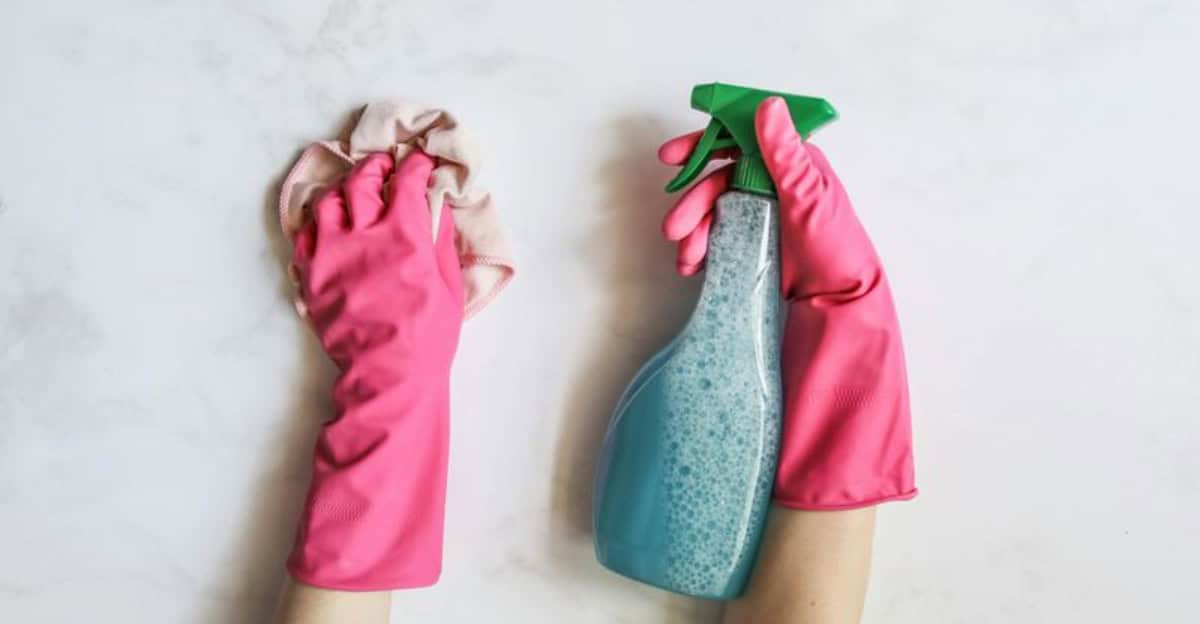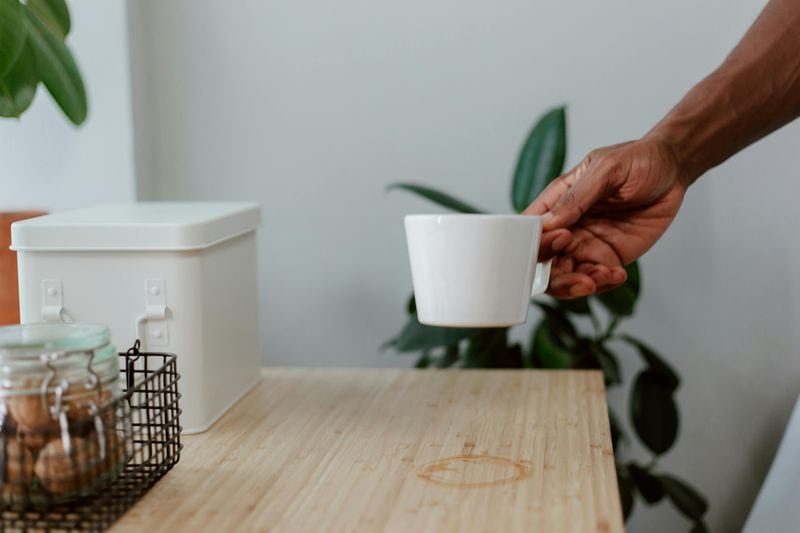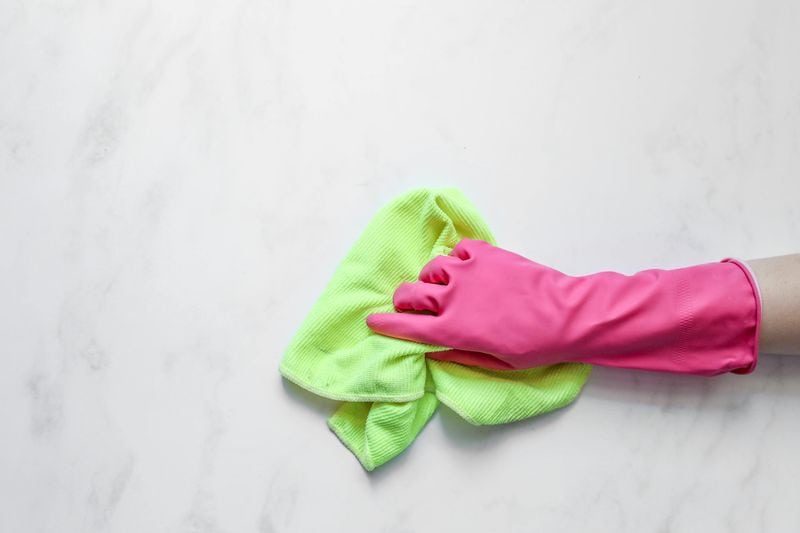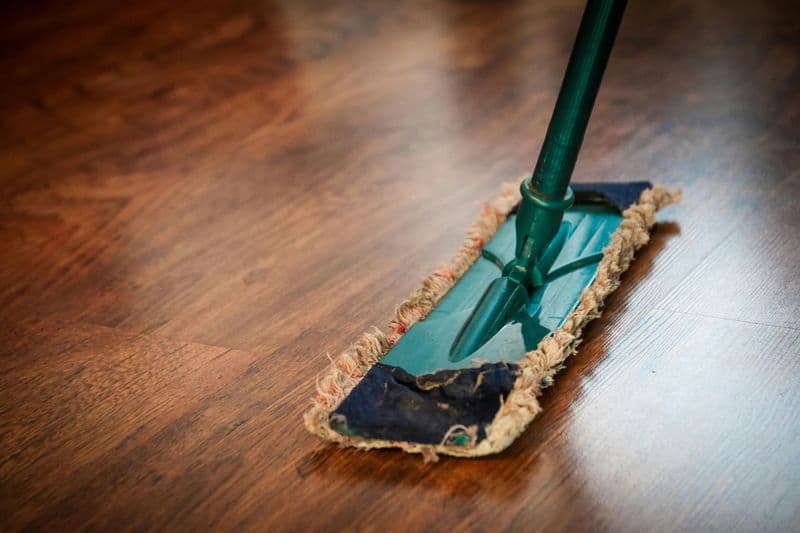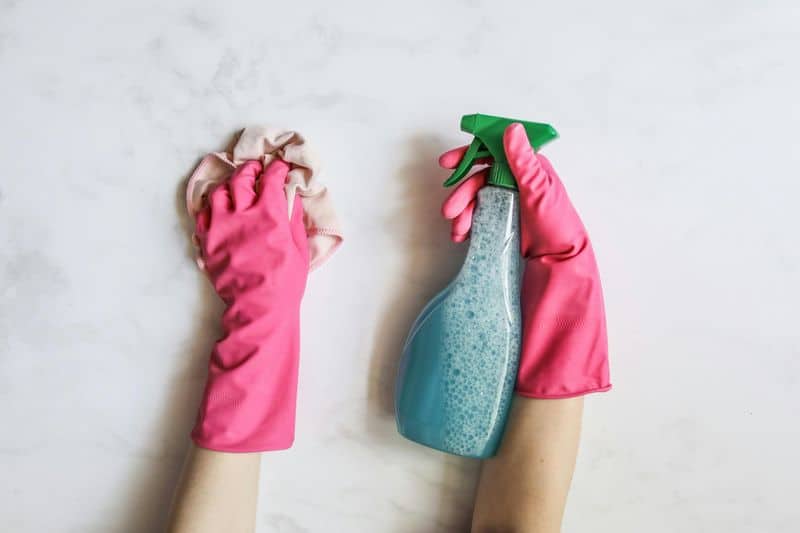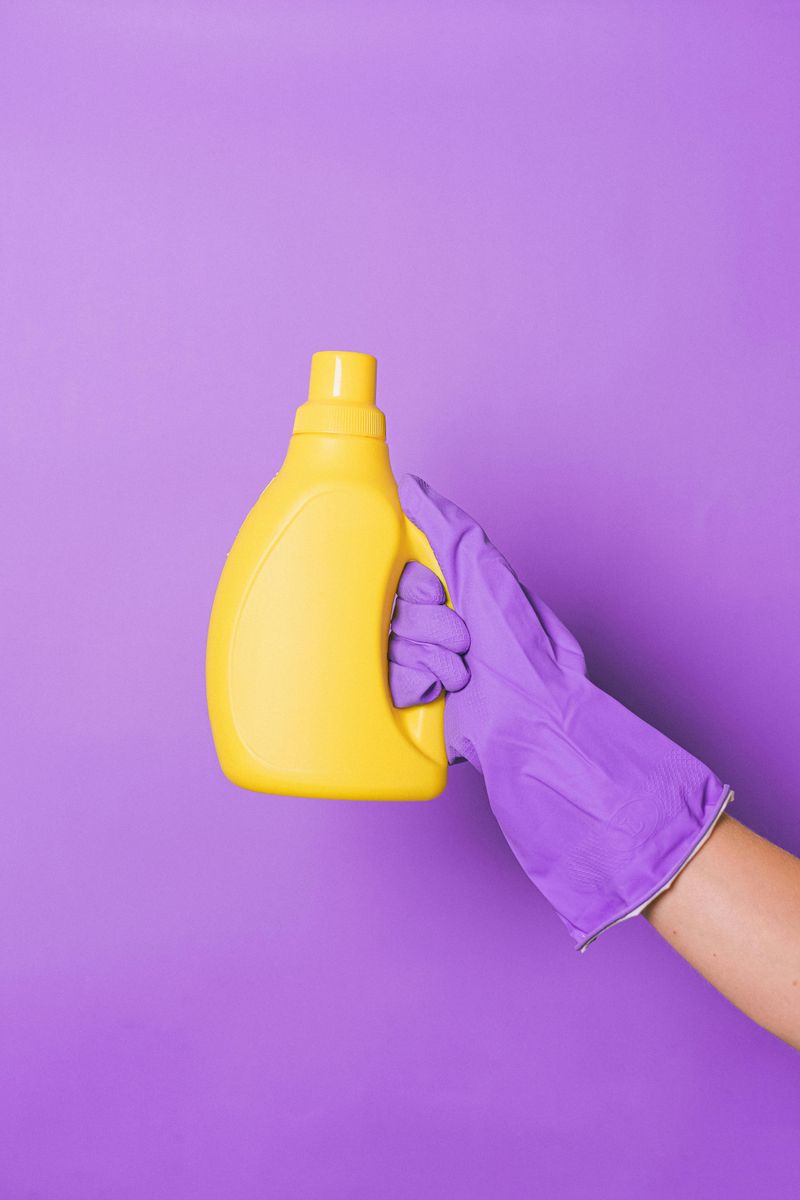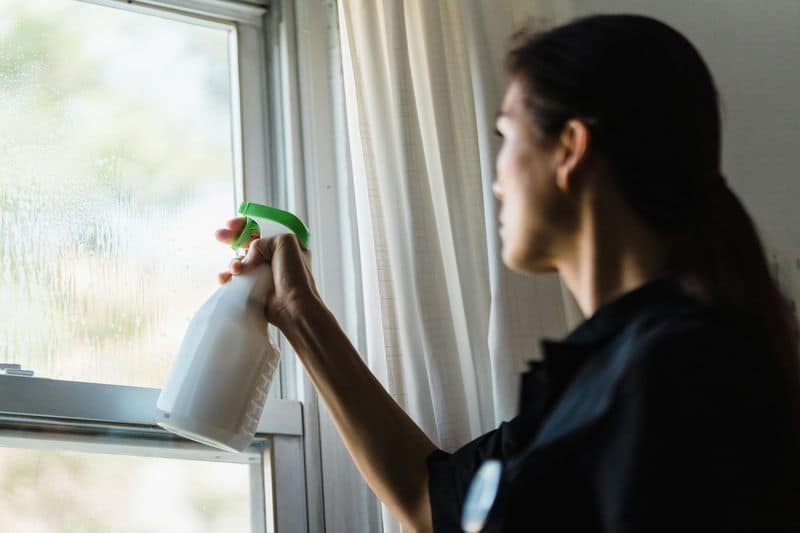Cleaning can sometimes feel like a never-ending battle, especially when certain habits actually make things messier.
Here are 6 common cleaning mistakes that might be making your chores more challenging than they need to be.
Avoid these pitfalls, and you’ll be on your way to a cleaner, more efficient home.
1. Rubbing Stains Instead of Blotting
Rubbing stains might seem like a quick fix, but it often spreads the mess further. Instead of tackling the stain, you’re pushing it deeper into the fabric.
Try blotting gently with a clean cloth instead. This technique lifts the stain without embedding it. Patience is key here. Use dabbing motions and work from the outside in.
This method prevents the stain from spreading. Remember, time is of the essence—acting quickly can prevent long-lasting marks.
Avoid vigorous scrubbing at all costs. Embrace the blotting technique, and your carpets and fabrics will thank you for it.
2. Using the Same Cloth On the Whole House
Using one cloth for everything might seem efficient, but it spreads germs and dirt around. This habit can cross-contaminate surfaces, making cleaning counterproductive.
Always switch cloths or use disposable wipes for different areas—especially bathrooms and kitchens. Have dedicated cloths for specific tasks. This approach reduces the risk of germ transfer.
Regularly wash reusable cloths in hot water. It ensures they’re clean and ready for the next use. A little organization in cleaning tools goes a long way in maintaining a truly clean home.
3. Cleaning the Floors First
Starting with the floors might feel right, but dust and grime from other surfaces end up back on them. Begin cleaning from the top down. Dust shelves, wipe counters, and then tackle the floors.
This sequence captures all the falling debris. It ensures that floors remain spotless after everything else. Consider the floor your grand finale. By saving it for last, you prevent double the work.
This strategy not only saves time but also results in a cleaner home overall.
4. Disinfecting Before Cleaning
Disinfecting dirty surfaces doesn’t clean them—it just masks the underlying mess. Always clean surfaces with soap and water first. Remove visible dirt before applying disinfectant.
This process ensures that bacteria are effectively killed. Cleaning sets the stage for the disinfectant to work properly. It leads to a truly sanitized area.
Don’t skip the cleaning step even if you’re in a rush. Doing so maximizes the effectiveness of your disinfectants, leading to healthier living spaces.
5. Using Too Much Cleaning Product
More product doesn’t mean better cleaning. Over-application can leave residues, attracting more dirt. Follow the instructions on labels to know the correct amount.
This not only saves money but also results in cleaner surfaces. Excessive use can cause buildup, requiring more effort to remove. A little goes a long way in cleaning.
Being mindful of product quantities ensures effective results. It keeps your surfaces clean without the sticky aftermath.
6. Washing Windows On a Sunny Day
Sunny days might seem perfect for window cleaning, but the sun speeds up drying, causing streaks. Clean windows on cloudy days or when the sun isn’t directly hitting them.
Take your time with each pane. This prevents rapid drying and streak formation. Use a squeegee for best results. It leaves windows spotless without streaks.
Remember, patience during this chore pays off. Clean windows are clearer, enhancing the view and letting in more natural light.

